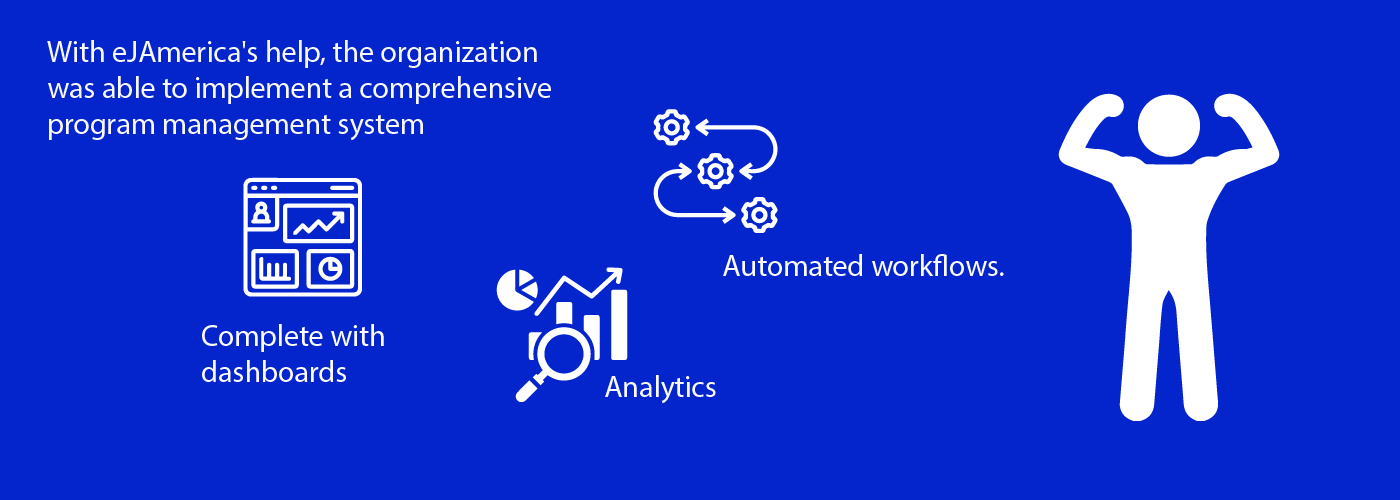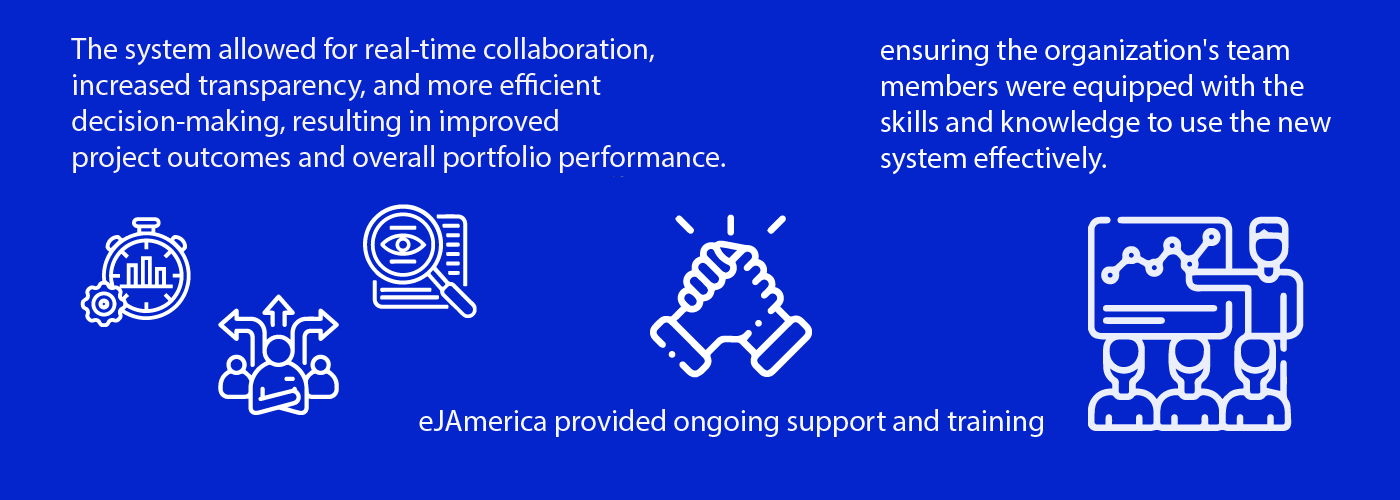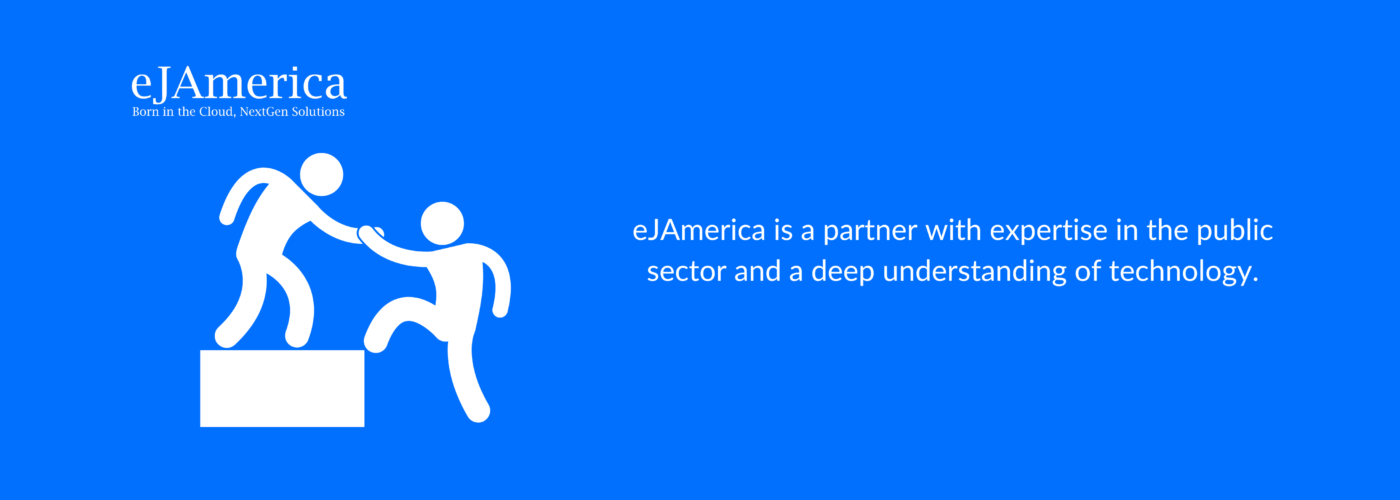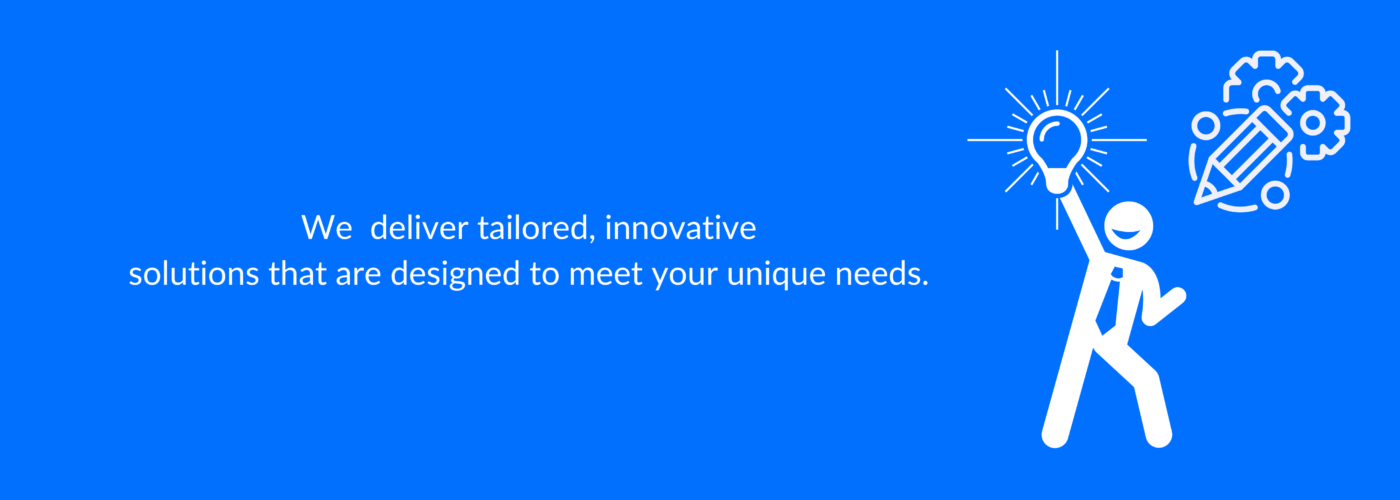Industry
Media Entertainment
Today, media and entertainment enterprises are navigating some of the biggest shifts ever witnessed in technology, culture and business models–from adoption to preference, from fragmented audiences to convergent industries, from emerging economies to game-changing new players.
Embracing technology and business forces that create this shift will help tomorrow’s enterprises lead the ‘digital evolution’ and stay strong–creatively and financially.
Challenges and opportunities
Protecting Intellectual Property Rights (IPR): Today’s digital media ecosystems have created roadblocks in Intellectual Property Management (IPM) and royalties: calculations and payments are more complex than ever. The result? A bottom-line disadvantage–which can be turned around with technology solutions that help safeguard, manage and monetize assets.
Rise in consumption of digital media: From the XY generation that wants to watch TV shows online, to the mature banker who likes his investment updates on his smartphone–content needs to be delivered on platforms that match the consumer’s lifestyle. With increased pressure to deliver across multiple channels, enterprises with the right mix of relevant IT infrastructures and sustainable solutions–across the content supply chain–will ride the digital tide.
Consumer insight and understanding: With increased industry fragmentation and consumer maturity, today’s trends could be tomorrow’s mainstays. There’s a thin line between redundant and relevant–which calls for powerful analytics to predict the ‘where, what and why’ of consumer needs. Analytics empower enterprises with business-impacting information about the right demographics and consumer behavior patterns to plan their strategies for increased profitability and market share.
Retail & CPG
Right-now. That’s the buzz in the new world of retail. Consumers don’t have to wait for anything today. It’s all right there, for them to see and experience. They see no reason to wait or pay a premium for anything. With renewed optimism, a fast-paced society, and an even faster-paced change in technology, consumers want new, different, and customized goods – now.
Enterprises can certainly live up to that, by living up to the retail mantra of today – better, faster, leaner. With the immense growth observed and greater confidence in the economy, retailers hope to see consumers demonstrate some serious spending power. However, retailers will have to focus more on the digital front — ‘channelize, mobilize and socialize’ to stay ahead in today’s ‘click-and-mortar’ retail game.
Challenges and opportunities
Multi-channel retailing: The more your consumers see you, the more they’ll want to know about you. Online consumers will buy if they’ve seen it, like it, and are convinced of it. Their product research actually drives more land-store sales than online sales. So, all channels where the consumer might get information from — the retail store, website, and catalogue — must be closely aligned and monitored for maximum impact and hence, sales.
Mobility in retail: Consumers around the world are ready to use mobile devices to shop, compare, and transact on the web or in stores. Market research indicates that nearly 70percent of consumers across the globe always have their mobile devices with them while they are in a store — which they use to consult family and friends about their purchase. This gives retailers an unprecedented opportunity to make an impact on the consumers at their so-called ‘moment of truth’.
Digital consumers: Today’s consumer has access to information at a click – about product assortment, pricing, quality, and everything else there is to know. Given the scenario, companies can create more walletshare by reaching out across digital channels — mobiles, interactive TVs, social communities. In-store technology like smart kiosks and digital signages hold immense potential to observe and influence shopping behavior. With traditional media failing to deliver the impact it once did, mastering ‘group’ coupons and social channels, in addition to email and search ads, rounds out a retail strategy to maximize today’s ‘convergence of opportunities
Public Sector
Public sector organizations are facing a range of challenges – such as complex mission requirements, high expectations of citizen service levels, rapid technology changes, and increased budget pressures.
Our mission is to help public sector organizations address these challenges, and transform, innovate and optimize to build tomorrow’s government. We bring commercial best practices and industry solutions to suit specific requirements in different regions / countries, and renowned execution capabilities to deliver measurable value with predictability.
Manufacturing & Hitech
In a future-ready high-tech enterprise, ‘return on innovation’ is the new ROI, being ‘dynamic’ is the new ‘static,’ and product engineering is the ‘new shop floor.’ It’s possible. But how can companies get here? The opportunity lies in keeping pace with the rate of change in market needs and business strategies, while successfully navigating a continuous cycle of new business models and better operational execution.
The differentiator for high-tech companies, however, lies in understanding changing needs and responding through an integrated dynamic approach – enabling them to craft the future while others follow.
Automotive enterprises need to get on the fast track to the future in if they are to capitalize on market opportunities. These opportunities come with new market dynamics that help enterprises catch up on the road to sustained success.
Structural changes brought on by the recent downturn have made the industry more resilient. To succeed in a post-crisis world, companies need to build loyalty with the new digital consumer. They need to put:
- Engineering integration in overdrive
- Exploration of new models of commerce in top gear
- Supply chain agility on the fast lane
Challenges and opportunities
Changing consumers: Tastes change with time. And tomorrow’s environmentally-conscious vehicle buyer will have different priorities, making decisions based on peer recommendations and wanting to co-create while being digitally connected. This calls for automakers to re-orchestrate the consumer ecosystem to build and retain the loyalty of new buyers.
Integrating new technologies: Automotive engineers are tasked with integrating newer technologies in the vehicle more quickly than ever, driven by the need to stay connected on the road and by green movements. Leveraging talent and practices from non-automotive industry base will be essential to ride this new wave of product innovation.
Connected vehicles: Tomorrow’s vehicle will be an extension of the owner’s lifestyle, leaving the door open for a digital channel for an array of products and services. Automakers need to tap into this opportunity and create new revenue streams with innovative offerings requiring new models of commerce.
Smarter supply chains: Agility in reacting to shifting markets and demand patterns, information visibility, and resilience to adverse situations will characterize smarter supply chains of tomorrow. Because being ‘just efficient’ is not enough anymore.
New growth markets: What works in one place will not work in another. Rapidly evolving infrastructure, economic thresholds, and consumer behavior in emerging economies will drive product and process innovations required for success and local innovations.
Core vs. context: Now, more than ever, high-tech enterprises need to focus on what they do best: understand the market and build for the future. For the rest, there are partners — whether it’s product assembly, third-party logistics, or payroll. This helps reduce capital expenditure, addresses variability of business, and ensures that the focus stays where it should – on the core.
Supply chain complexity: Outsourced manufacturing bases, forecasting demand, exponential SKU growth, and a global customer base are variables that add to the challenging task of managing an increasingly complex high-tech supply chain. But this supply chain also holds the key to customer satisfaction, inventory turns, and most importantly: operational effectiveness.
Continuous evolution of technology: Sociotechnological forces like the shift from desktop to mobile computing, the emergence of developing economies, the personalization of customer engagements, and increasing bandwidth have created an enormous opportunity for high-tech enterprises to innovate their business models, product lines, and customer service processes.
Product engineering is the new shop floor: For traditional manufacturing companies, addressing efficiency and quality issues through lean and Six Sigma was the norm. High-tech companies face a new normal – their ‘shop floor’ comprises product engineering divisions spread across the globe. To enhance throughput of products and new intellectual property, the way forward is to create collaboration platforms, build reusability, and use standard operating tools and procedures.
Healthcare & Life Science
Our mission in healthcare is to address challenges around affordability, prevention and patient-centricity for consumers around the world. In support of this mission, we help healthcare organizations to transform, innovate and optimize to build tomorrow’s healthcare enterprise. We recognize healthcare needs are global while solutions are local – we bring best-practices and industry solutions to suit specific healthcare models in different regions / countries.
Shrinking revenues in developed markets, an uncertain healthcare regulatory environment, and a volatile macroeconomic scenario have made make it imperative for medical device companies to focus on improving health outcomes, improving execution, and accelerating globalization.
To drive the next wave of growth, medical device companies need a renewed focus on innovation — not only in research and development, but with an all-encompassing approach to how (and where) they do business. The medical device industry today is characterized by changing markets, consumers and technology. Enterprises can adapt to this dramatically changing landscape, but success depends on how fast and how accurately they are able to anticipate and prepare for the change. eJ helps enhance your capabilities to transform, manage, innovate and forge ahead.
In Summary, the following are the IT services that eJAmerica can offer to different industries, including but not limited to:
-
- Healthcare:
- Electronic Health Records (EHR) and Health Information Exchange (HIE) systems
- Telemedicine Solutions
- Patient and Clinical Data Management Systems
- Clinical Decision Support Systems
- Retail and Consumer Goods:
- Point of Sale (POS) Systems
- Inventory Management Systems
- Customer Relationship Management (CRM) Systems
- Supply Chain Management Systems
- E-Commerce Solutions
- Banking and Finance:
- Core Banking Systems
- Credit Card Processing Systems
- Anti-Fraud and Cybersecurity Solutions
- Customer Relationship Management (CRM) Systems
- Compliance Management Systems
- Manufacturing:
- Enterprise Resource Planning (ERP) Systems
- Supply Chain Management Systems
- Quality Management Systems
- Manufacturing Execution Systems
- Predictive Maintenance Solutions
- Telecommunications:
- Network Management Systems
- Customer Relationship Management (CRM) Systems
- Billing and Invoicing Systems
- Network Monitoring Systems
- Telecommunications Fraud Management Systems
- Media and Entertainment:
- Digital Asset Management Systems
- Video Streaming Solutions
- Content Management Systems
- Online Advertising Systems
- Social Media Management Systems
- Government and Public Sector:
- Electronic Health Records (EHR) and Health Information Exchange (HIE) systems
- Customer Relationship Management (CRM) Systems
- Electronic Benefits Transfer (EBT) Systems
- Emergency Management Systems
- GIS and Mapping Systems
These are some of the common IT services offered by eJAmerica to different industries.





































